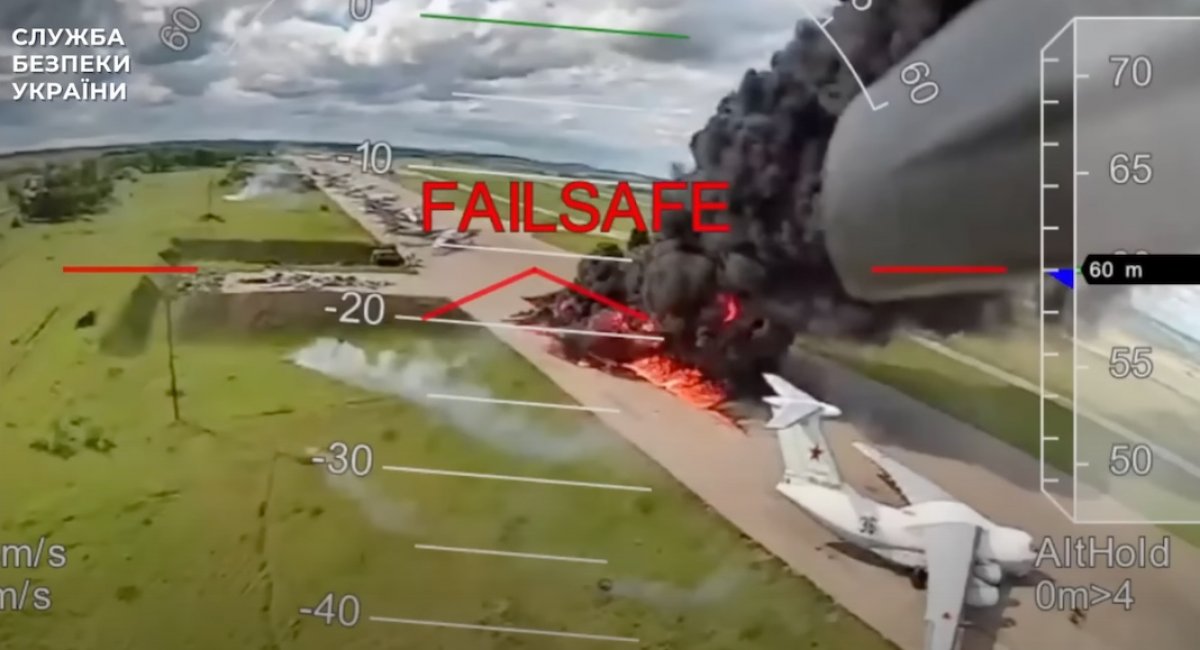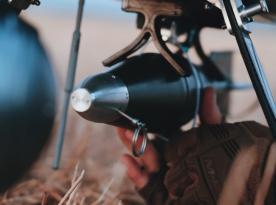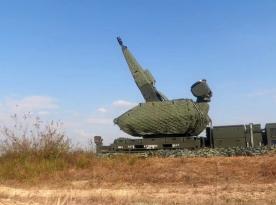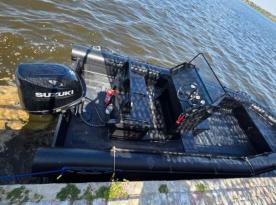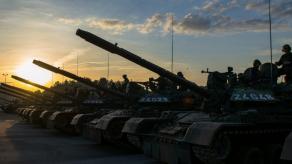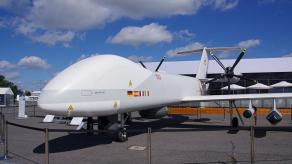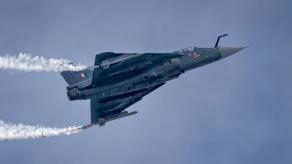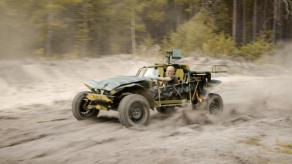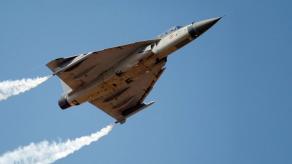The Security Service of Ukraine has released footage from the Pavutyna special operation, which resulted in confirmed strikes on 41 russian military aircraft. The operation was conducted under the supervision of President Volodymyr Zelenskyy and led by Head of the Security Service of Ukraine (SSU) Vasyl Maliuk.
Defense Express previously reported the aircraft targeted belonged to russia's strategic aviation fleet. Some were reportedly destroyed beyond repair, while others sustained varying degrees of damage. The affected aircraft include bombers and support planes used in long-range operations.
Read more: SSU Operation Pavutyna: How Ukraine Dealt a Devastating Blow to russia’s Strategic Aviation
The operation employed drone control technologies combining autonomous AI-based navigation and manual control. According to the SSU, some drones, upon losing signal, switched to pre-programmed routes and continued the mission independently. Once within range of a designated target, the warhead was automatically activated.
This use of mixed-control systems allowed for long-range drone operations against high-value targets located deep within russian territory. The approach aimed to bypass traditional air defense systems and deliver strikes with a high degree of precision.
The operation focused on four russian airbases: Olenya, Ivanovo, Dyagilevo, and Belaya. These locations host strategic aviation assets involved in missile strikes on Ukrainian territory. Video materials released by the SSU show FPV drone attacks on parked aircraft at these bases.
Among the aircraft struck were models such as the A-50, Tu-95, Tu-22M3, Tu-160, An-12, and Il-78. These platforms are used by russia for long-range bombing missions, airborne early warning, and aerial refueling.

The SSU estimates that the total cost of the damaged and destroyed aircraft exceeds $7 billion USD. While independent verification of these figures is limited, the operation reflects ongoing efforts by Ukraine to disrupt russian military logistics and reduce the effectiveness of long-range aviation attacks.
Read more: Why Ukrainian FPV Drones Struck Tu-95MS and Tu-22M3 in Specific Spots, and Why Precision Was Crucial




